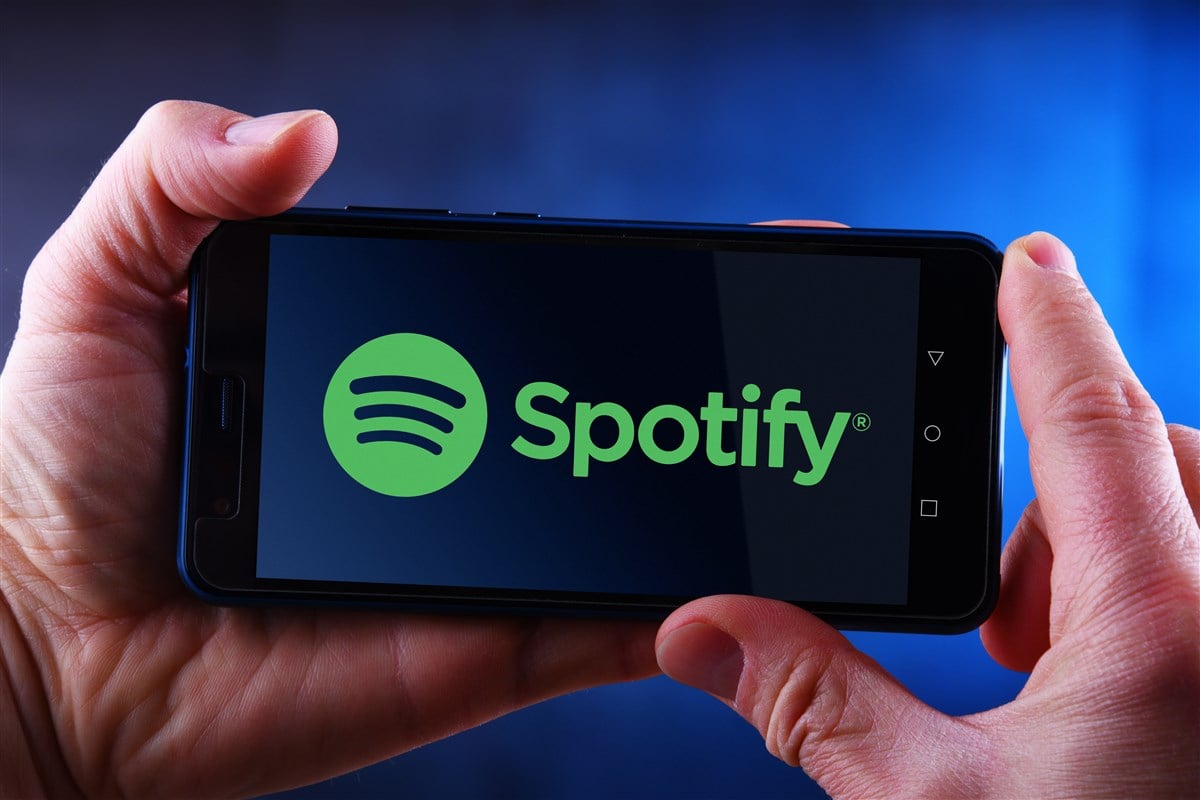
Even a year of uncertainty and higher-than-average inflation rates posed no match for the U.S. consumer. Shares of Spotify Technology (NYSE: SPOT) rallied by more than 11% to end Tuesday's trading session on April 23. The bull run came from the company's first quarter 2024 earnings announcement.
Often regarded as the most critical quarter of the year, Spotify's first quarter marks the start of what may be an unstoppable trend in the consumer discretionary sector. Unlike Netflix Inc. (NASDAQ: NFLX) stock's reaction to its first quarter, which followed a 15% decline in price, Spotify's reaction to earnings is all about key performance indicators (KPIs).
After outperforming the Consumer Discretionary Select Sector SPDR Fund (NYSEARCA: XLY) by as much as 100.5% over the past 12 months and even leaving Netflix behind by 40.5% during the same period, investors may now wonder whether Spotify has what it takes to keep this bull run going.
Spotify Is the Contrarian Bet
[content-module:CompanyOverview|NYSE: SPOT]
Today's economy is divided into two camps, creating a trend not typically seen during business cycles. It's all because the prospect of Federal Reserve (Fed) rate cuts this year caused the two main drivers of the U.S. economy to diverge.
On one end, the ISM manufacturing PMI is showing signs of a breakout, and analysts at The Goldman Sachs Group Inc. (NYSE: G.S.) relayed their expectations for this within their 2024 macro outlook report. Conversely, the ISM services PMI has slowed its expansion rate over the past few quarters.
Lower interest rates, which could now come by September 2024, according to the CME's FedWatch tool, may cause the dollar index to decline, making American exports more attractive to foreign buyers.
So far, Goldman's view is correct, as February's manufacturing PMI showed a boost of 6.4% in net export orders. With this macro play at hand, betting on Spotify (as a services stock) is definitely on the contrarian side. However, these contrarians could be the few to fight against the consensus and beat it.
Wall Street's View
Compared to the radio broadcasting industry, Spotify's price-to-book (P/B) ratio of 19.6x is valued at a 378% premium to the sector's average valuation of 4.5x. Markets must have a good reason to be willing to overpay for Spotify's book, and it's all about its first quarter.
Book value tends to expand on higher earnings, and analysts now expect Spotify to grow earnings per share (EPS) by up to 48% this year, above the industry's expected 22% EPS growth. Investors looking to challenge these projections can look to the forward price-to-earnings (P/E) to see how the market feels about them.
Spotify's 58x forward P/E ratio gives the stock a 132% premium over the industry's 25x forward P/E valuation. By placing a premium value on the company's future earnings, markets tell investors they have accepted analyst EPS projections, despite how bold they may seem.
Flirting with making a new all-time high price, Spotify shares have all the bullish momentum they need to keep on their current trajectory. Even as the sector rotates out of economic favor, institutions still feel good about owning Spotify.
Currently, up to 84% of the company is owned by institutions. With a $3.3 billion inflow for the stock in the past 12 months, the bet remains that this company is of institutional quality and industry-leading.
Results Speak for Themselves
According to its quarterly earnings press release, Spotify's management reported total monthly active user growth of 19% over the year and 2% over the past quarter. However, these ranges vary significantly in premium (paid) and ad-supported (non-paid) users.
Premium user revenue grew significantly by 20% over the year and 2% over the quarter. The 22% decline in ad-supported users is where things get interesting because it was the main driver for the company's gross margin boost to 27.6%, which is 31% wider than last year's.
As users realize the time savings that come with paying for Spotify premium, management can use this new predictable and recurring source of subscription revenue to help margins further, going from an operating loss of $156 million to a net operating profit of $168 million.
Knowing this, it isn't too far-fetched for investors (as markets have gauged) to see analyst EPS projections become a reality. This may be one of the reasons why analysts at Morgan Stanley (NYSE: M.S.) boosted their Spotify price targets up to $350 a share, calling for a 15.4% upside from today's price.






